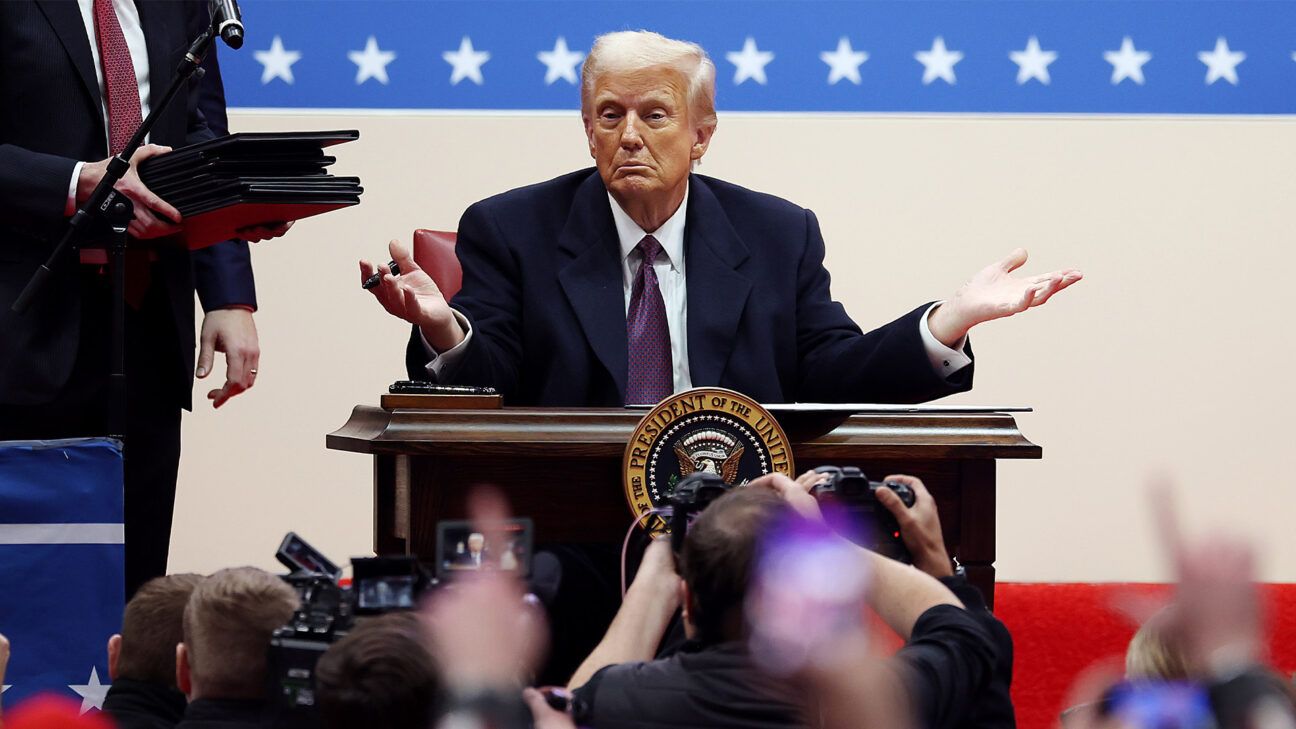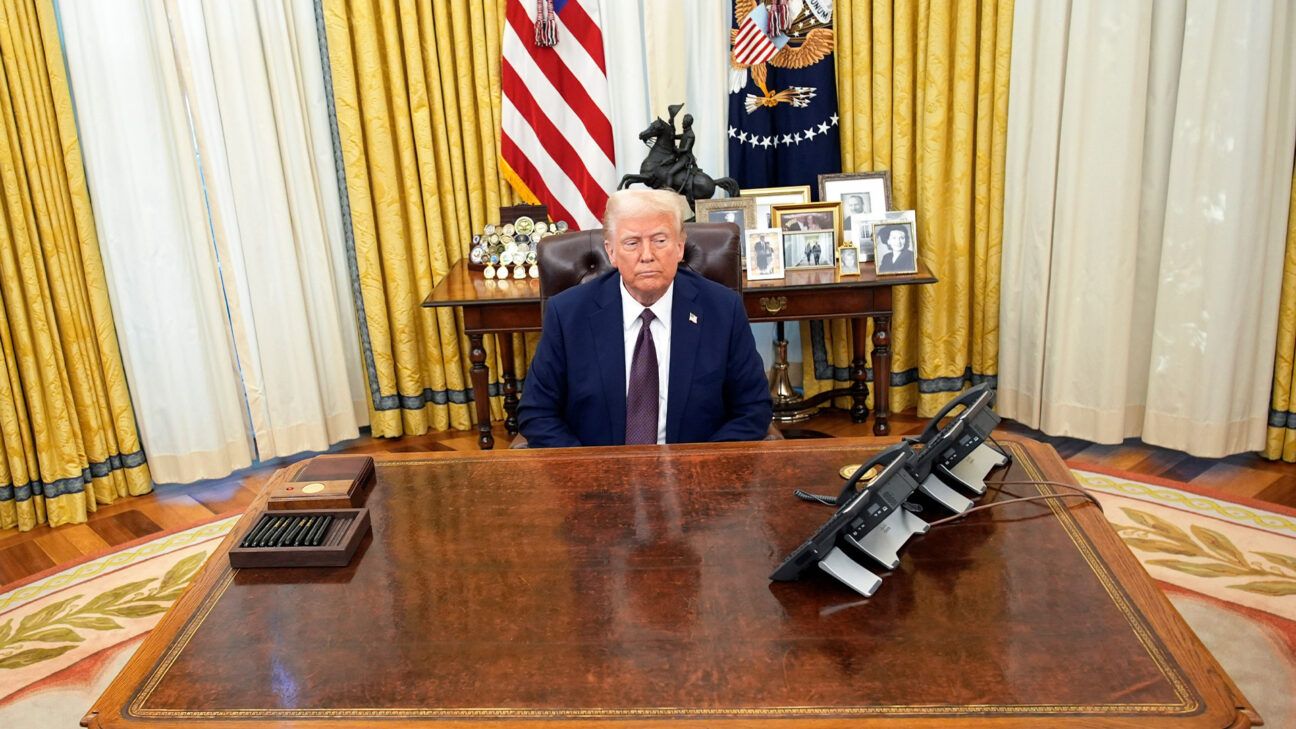America’s Best Hospitals for 2025 Named by Healthgrades

- Healthgrades has released its annual list of the top 250 hospitals in the United States.
- In compiling their rankings, Healthgrades evaluated clinical performances at 4,500 hospitals.
- The researchers graded the hospitals by looking at more than 30 common procedures and conditions.
Choosing a doctor and a hospital is one of the most important health decisions a person can make.
However, these decisions can be difficult if they are done in an information vacuum.
This is where Healthgrades, an information website dedicated to empowering meaningful connections between patients, doctors, and hospitals, can help.
On January 28, Healthgrades, a top platform for finding a doctor, announced its 2025 America’s Best Hospital Awards. The list highlights the country’s 1%, 2%, and 5% top hospitals with the following awards:
- America’s 50 Best Hospitals
- America’s 100 Best Hospitals
- America’s 250 Best Hospitals
In determining the rankings, Healthgrades, a leader in healthcare transparency, evaluated clinical performances at 4,500 hospitals across more than 30 common procedures and conditions.
Healthgrades officials wrote in a statement their “clinically validated methodology focuses solely on what matters most — patient outcomes — empowering consumers to choose doctors who practice at high quality hospitals.”
“While there are several factors to consider when looking for a doctor, hospital quality is one that can have a critical impact on a patient’s overall quality of care,” Brad Bowman, MD, chief medical officer and head of data science at Healthgrades, said in the statement.
“That’s why Healthgrades remains committed to helping patients find top-performing hospitals in their area. We want all patients to feel as confident and equipped as possible when it comes to choosing a doctor and hospital.”
What to consider when choosing a hospital and doctor
Healthgrades officials noted “the persistent performance gap between the nation’s highest and lowest performers underscores the importance of ensuring that consumers have access to objective measures of hospital quality.”
According to Healthgrades’ annual analysis, if all hospitals performed similarly to America’s 250 Best Hospitals, 174,081 lives could be saved.
Healthgrades officials also noted that a “lack of access to the highest quality care poses a major challenge to informed healthcare decision making for half of the U.S. population.”
They point to recent research from Healthgrades that revealed that nearly half (47%) of Americans live more than 25 miles from one of the 250 best hospitals. In fact, 15 states lack a hospital that performs in the top 5%, creating a significant challenge for 37 million Americans in their pursuit of quality healthcare.
Experts in the medical field say rankings for hospitals and other health professionals can play a critical role in helping consumers find the best quality care.
Nancy Foster, the vice president of Quality & Safety Policy at the American Hospital Association, noted that the Centers for Medicare and Medicaid Services website has a Care Compare component that shows how a hospital compares to national and state averages on key measures of quality.
Foster added that the American Hospital Association has endorsed a set of principles for quality report cards and rating systems that call for them to have a clearly stated purpose with measures selected to fit this purpose.
“When making healthcare decisions, patients can and should use all available tools at their disposal such as talking with friends and family and consulting with doctors, nurses, and other healthcare providers who know their specific healthcare needs,” she told Healthline.
America’s top 50 hospitals by state
Healthgrades’ top 50 hospitals were from 20 different states.
California was the home of 11 of the medical facilities while Pennsylvania had seven and Florida had five.
Here is the list of all 50 hospitals.
Arizona
Mayo Clinic Hospital, Phoenix
California
Alta Bates Summit Medical Center, Berkeley
Cedars-Sinai Medical Center, Los Angeles
Northridge Hospital Medical Center, Northridge
Memorial Medical Center, Modesto
Mills-Peninsula Medical Center, Burlingame
Providence Holy Cross Medical Center, Mission Hills
Ronald Reagan UCLA Medical Center, Los Angeles
Scripps Mercy Hospital San Diego, San Diego
Scripps Memorial Hospital Encinitas, Encinitas
Stanford Health Care, Stanford
Sutter Roseville Medical Center, Roseville
Connecticut
Norwalk Hospital, Norwalk
Florida
Advent Health Orlando, Orlando
Cape Coral Hospital, Cape Coral
Downtown Baker Hospital, Naples
Lee Memorial Hospital, Fort Myers
Mayo Clinic in Florida, Jacksonville
Georgia
Emory Saint Joseph’s Hospital, Atlanta
Emory University Hospital, Atlanta
Emory University Hospital Midtown, Atlanta
Illinois
Advocate Lutheran General Hospital, Park Ridge
Kansas
University of Kansas Hospital, Kansas City
Maryland
Johns Hopkins Bayview Medical Center, Baltimore
Massachusetts
Lahey Hospital and Medical Center, Burlington
Michigan
Ascension Providence Hospital – Southfield Campus, Detroit
Beaumont Hospital Troy, Detroit
Minnesota
Mayo Clinic Health System Mankaro, Mankato
Mayo Clinic Hospital, St. Mary’s Campus, Rochester
New Jersey
Morristown Medical Center, Morristown
Overlook Medical Center, Summit
New York
Lenox Hill Hospital, New York City
Stony Brook University Hospital, Stony Brook
Vassar Brothers Medical Center, Poughkeepsie
North Carolina
Mission Hospital, Asheville
Ohio
Mercy Health – Fairfield Hospital, Fairfield
Mercy Health – West Hospital, Cincinnati
Summa Health System – Akron Campus, Akron
The Jewish Hospital – Mercy Health, Cincinnati
Pennsylvania
Chester County Hospital, West Chester
Lancaster General Hospital, Lancaster
Lankenau Medical Center, Wynnewood
Milton S. Hershey Medical Center, Hershey
Reading Hospital, Reading
Riddle Memorial Hospital, Philadelphia
St. Luke’s Hospital – Bethlehem Campus, Bethlehem
Texas
Houston Methodist Hospital, Houston
Virginia
Inova Loudoun Hospital, Leesburg
Washington
Evergreenhealth Medical Center – Kirkland, Kirkland
Wisconsin
Froedtert Memorial Lutheran Hospital, Milwaukee
Takeaway
The health information website Healthgrades has released its annual list of the top 250 hospitals in the United States.
Healthgrades also narrowed down that list to the top 100 hospitals and the top 50 hospitals.
California had 11 of the medical facilities named in the top 50 while Pennsylvania had seven and Florida had five.
Experts say hospital rankings can be valuable for consumers when choosing a hospital or doctor.
Healthgrades and Healthline are part of the RVO Health portfolio of brands.
America’s Best Hospitals for 2025 Named by Healthgrades Read More »




